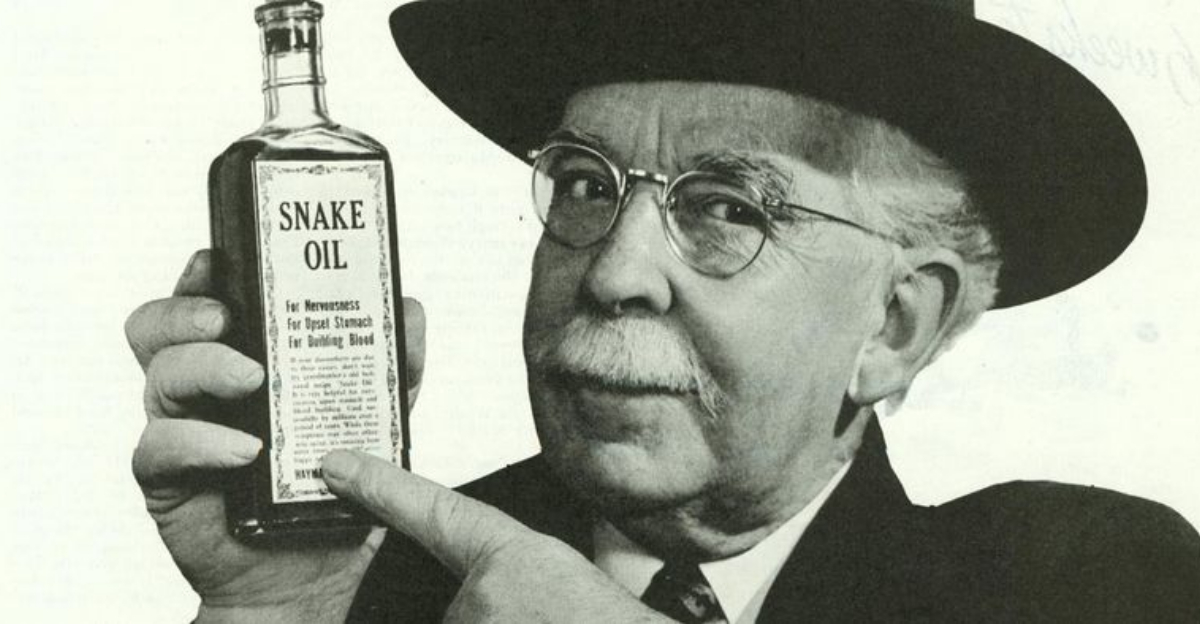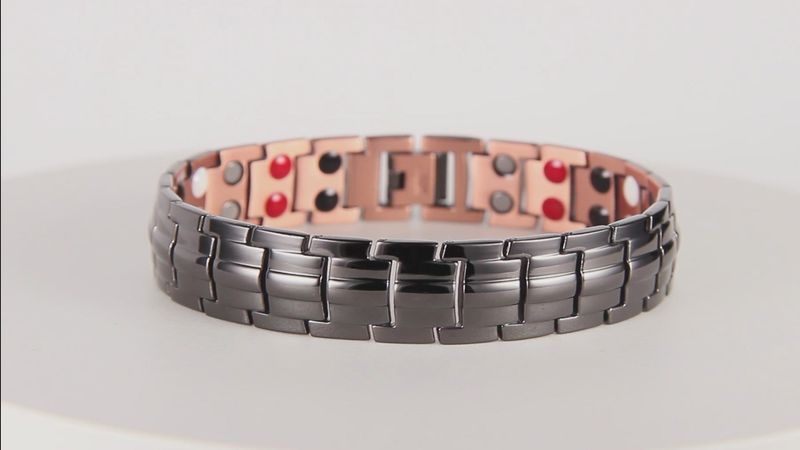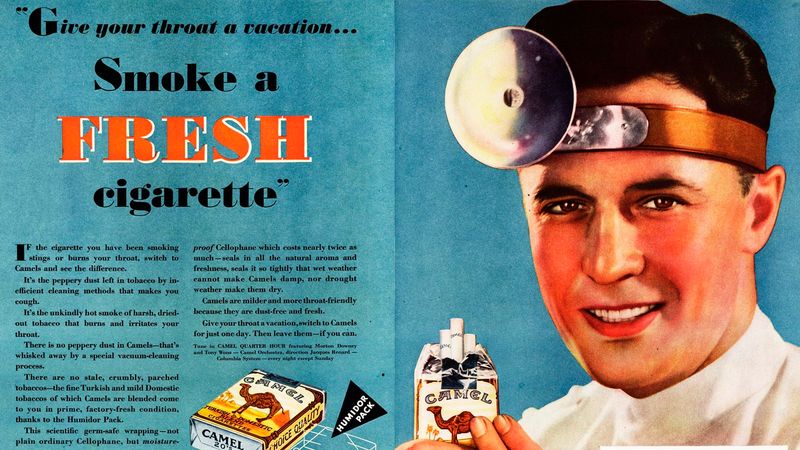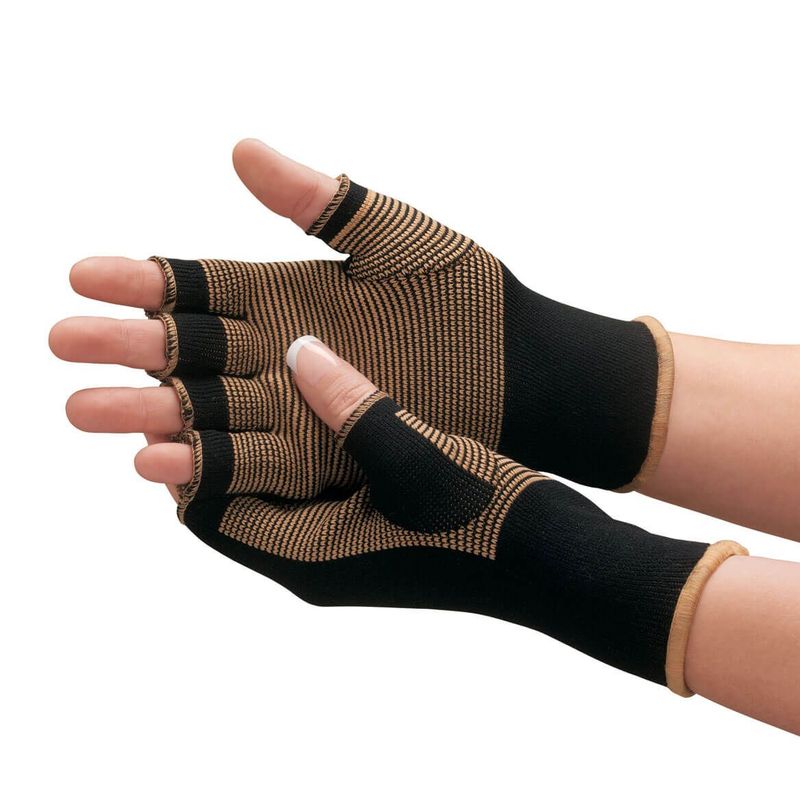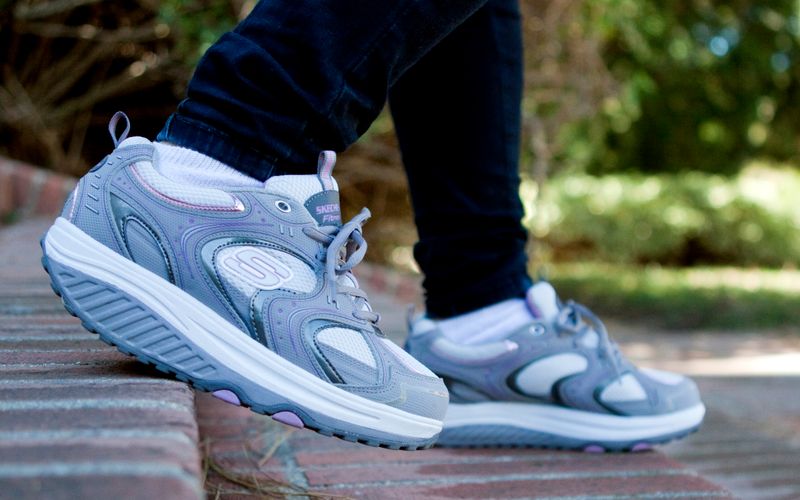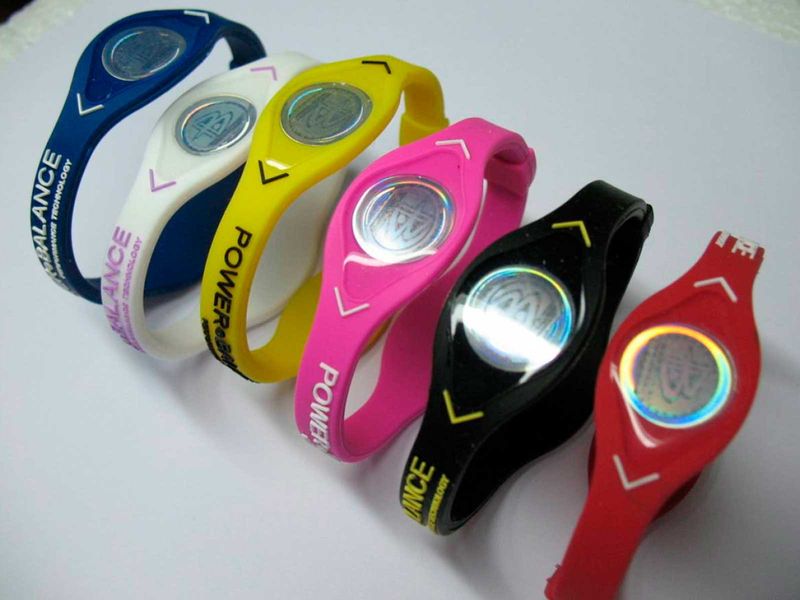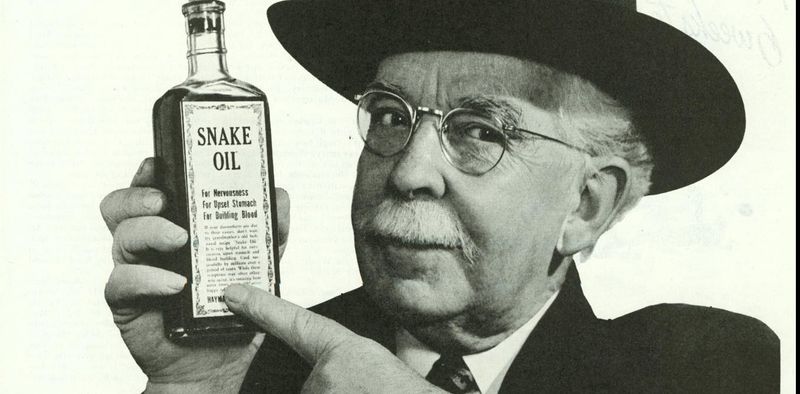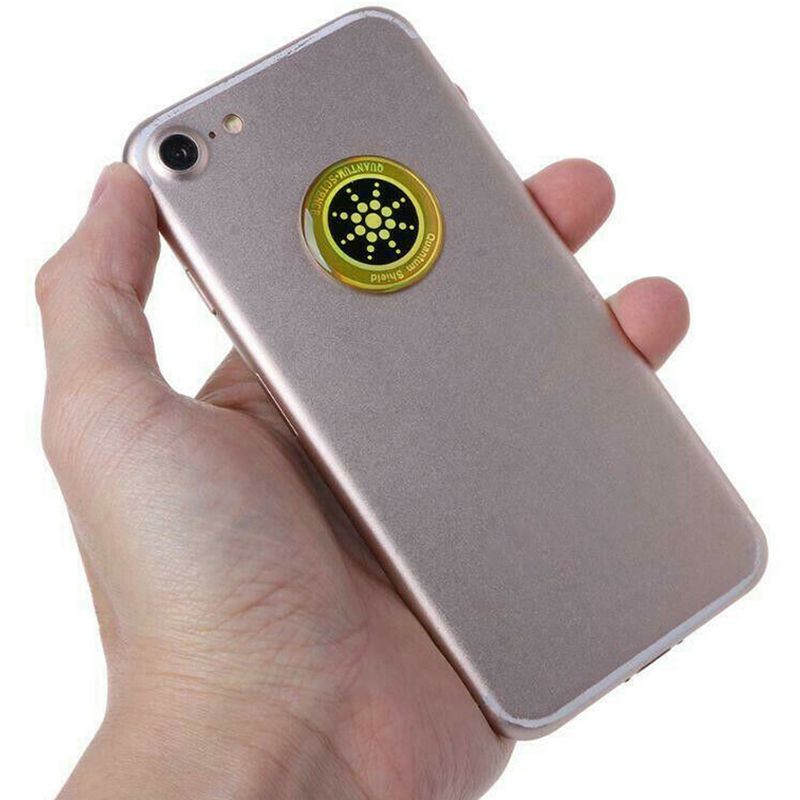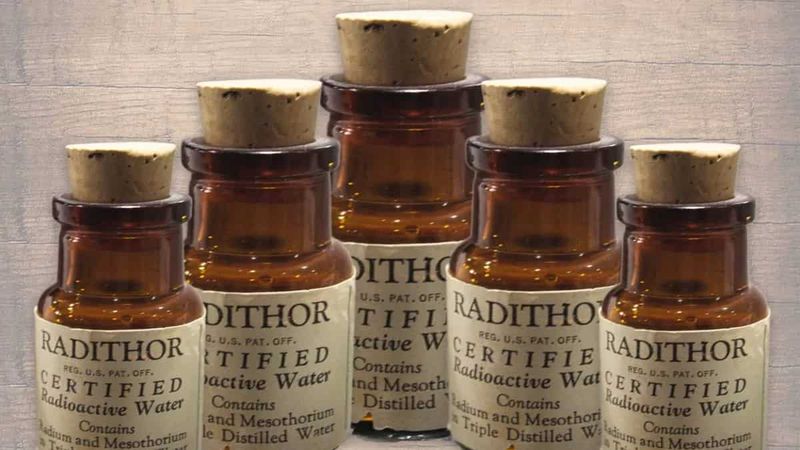Throughout history, many products have been marketed with grand promises of health benefits, only to be debunked by science as mere placebos.
These products captured the imagination of consumers, often offering false hope and empty results. In this article, we explore 15 such products that were widely believed to work but ultimately failed to deliver any real benefits.
1. Magnet Therapy Bracelets
Magnet therapy bracelets became popular as a non-invasive way to relieve pain and improve circulation. The idea was that magnets could influence blood flow and reduce inflammation, providing relief from chronic pain and conditions like arthritis.
However, numerous scientific studies have shown that these bracelets offer no more pain relief than a placebo. Despite lacking evidence, many continue to use them in hopes of finding relief.
It’s always advisable to consult with a healthcare professional before relying on such unproven treatments for serious medical conditions.
2. Sugar Pills (Sold as Weight Loss Aids)
Many weight loss aids throughout history have been nothing more than sugar pills or caffeine tablets dressed up as magical fat burners.
These products promise rapid weight loss without the need for diet or exercise, exploiting the desperation of those struggling with weight issues. Studies reveal that these pills offer no significant weight loss benefits beyond the placebo effect.
It’s essential to focus on sustainable lifestyle changes, such as balanced nutrition and regular exercise, for effective weight management. Relying on unverified pills can be both disappointing and potentially harmful.
3. Cigarettes as Health Aids (Early 20th Century)
In the early 20th century, cigarettes were astonishingly marketed as health aids, endorsed by doctors for purposes like aiding digestion and relaxation.
Advertisements featured health claims, including endorsements from medical professionals, which misled consumers into believing in their benefits.
Scientific advancements eventually exposed the severe health risks associated with smoking, reversing public perception.
This historical example underscores the critical importance of basing health decisions on rigorous scientific evidence rather than industry-driven promotions.
It serves as a stark reminder of how marketing can dangerously mislead public health understanding when unchecked.
4. Copper Compression Gloves
Copper compression gloves are marketed to alleviate arthritis symptoms and joint pain. The supposed benefit comes from the copper content, which is claimed to reduce inflammation and stiffness.
However, research has consistently shown that any perceived pain relief is likely due to the placebo effect, rather than the copper itself. While the gloves can offer some compression support, their effectiveness is limited.
For those seeking arthritis relief, it’s important to explore evidence-based treatments and consult with healthcare providers to find suitable solutions that truly work.
5. Toning Shoes (Like Skechers Shape-Ups)
Toning shoes, like Skechers Shape-Ups, claimed to enhance muscle tone simply by walking. The unique sole design was said to create instability, engaging muscles more than regular shoes.
However, scientific investigations found no significant benefits over regular walking shoes. While some users reported sore muscles initially, this was often due to adjusting to the shoe rather than increased muscle activity.
These shoes serve as a reminder to critically evaluate marketing claims. Engaging in a varied exercise regimen is the most effective way to achieve fitness goals, rather than relying on footwear alone.
6. Crystal Healing Stones
Crystal healing stones have been used for centuries, believed to possess mystical powers that can heal various ailments.
Advocates claim that different crystals correspond to different chakras and energy points in the body, promoting physical and mental well-being. Yet, scientific research has failed to validate any physiological effects of crystals.
The benefits reported by users are often attributed to the placebo effect or personal belief in the stones’ powers. For those interested in alternative therapies, it’s crucial to combine them with proven medical treatments to ensure comprehensive health care.
7. Power Balance Bracelets
Power balance bracelets were marketed with the promise of enhancing strength, flexibility, and balance. These silicone bracelets often contained holograms supposedly “enhanced” with special frequencies.
Despite their popularity, scientific studies demonstrated that these bracelets provided no measurable benefits beyond a placebo effect. The manufacturers eventually admitted that their claims were misleading.
This highlights the importance of skepticism when encountering products with grandiose claims and the necessity of relying on scientifically supported methods for improving physical performance and well-being.
8. Snake Oil
Snake oil was famously sold as a cure-all in the 19th and early 20th centuries. The term “snake oil” has since become synonymous with false medical promises and scams.
Often, the products contained no medicinal ingredients at all, or were mixtures of various substances that provided no real benefits. Despite this, snake oil salesmen traveled from town to town, convincing people of its miraculous properties.
It was only after scientific scrutiny that people realized they had been duped. Today, snake oil serves as a cautionary tale about the dangers of unproven remedies.
9. Anti-Radiation Phone Stickers
Anti-radiation phone stickers claimed to protect users from harmful electromagnetic radiation emitted by mobile devices. These stickers were usually small, adhesive patches placed on or near the phone.
Despite their popularity and the peace of mind they offered, studies showed they had no effect on radiation levels. Their continued sale raises questions about consumer protection against unfounded claims.
It’s wise to follow guidelines from health organizations regarding mobile device usage, rather than relying on ineffective products. This includes using hands-free options and limiting exposure to reduce any potential risks.
10. Homeopathic Remedies
Homeopathy revolves around the idea that highly diluted substances can cure ailments based on the “like cures like” principle.
Despite its widespread use, scientific research has repeatedly shown that homeopathic remedies offer no more benefit than a placebo. The dilution process often results in no remaining active ingredient, undermining any potential medicinal value.
While some users swear by homeopathy, it’s essential to complement these remedies with conventional medical treatments.
Understanding the limitations of homeopathy helps in making informed decisions about health care and avoids dependency on ineffective solutions.
11. Oxygenated Water
Oxygenated water was marketed as a means to boost athletic performance and overall health by increasing oxygen levels in the bloodstream. Proponents claimed that drinking this water could enhance energy and recovery.
However, scientific research has shown that oxygen is absorbed through the lungs, not the digestive system, rendering these claims baseless. This product illustrates how marketing can exploit scientific-sounding language to appeal to consumers.
Hydration remains essential, but regular water suffices. Athletes seeking performance enhancement should focus on nutrition and evidence-based training methods rather than gimmicky products.
12. Electronic Muscle Stimulators (for Weight Loss)
Electronic muscle stimulators were advertised as a way to achieve weight loss without the need for exercise. These devices used electrical impulses to contract muscles, claiming to burn fat and tone muscles effortlessly.
However, while they are useful for rehabilitation and muscle therapy, they don’t provide the cardiovascular or metabolic benefits needed for significant weight loss. Studies confirmed that these stimulators offer no substantial fat reduction.
For those aiming to lose weight, it’s crucial to engage in consistent physical activity and maintain a balanced diet, rather than relying on passive gadgets.
13. Ear Candling
Ear candling is an alternative practice claimed to remove earwax and toxins from the ear by inserting a hollow candle into the ear canal and lighting it. Practitioners believed the heat would create a vacuum to draw out impurities.
However, research shows that any perceived benefits are a result of melted candle wax, not the removal of earwax or toxins. Furthermore, ear candling poses significant risks, including burns and ear damage.
It’s essential to seek safe and proven methods for ear care. Consulting healthcare professionals is the best course of action for ear health issues.
14. Beauty Detox Teas
Beauty detox teas gained popularity for their promise of cleansing the body and promoting weight loss. Often containing natural herbs, these teas act mainly as mild laxatives, with no significant detoxifying properties.
While they may lead to temporary weight loss through water reduction, there’s no evidence supporting long-term health benefits. It’s important to approach such claims with skepticism and prioritize balanced nutrition and hydration.
Detox teas can sometimes lead to dehydration and nutrient loss. Sustainable health practices focus on maintaining a nutritious diet and regular exercise rather than relying on quick fixes.
15. Radioactive Elixirs
In the early 1900s, radioactive elixirs were marketed as a cure-all for various ailments, from arthritis to cancer. These elixirs contained radium and other radioactive substances, believed to invigorate the body and restore health.
Advertisements touted their miraculous benefits, attracting many who sought relief from chronic conditions. However, the harmful effects of radiation soon became evident, leading to severe health issues among users.
Despite initial enthusiasm, these products fell out of favor as the dangers of radiation exposure were scientifically recognized. Today, they serve as a cautionary tale of how blind faith in unproven treatments can lead to dire consequences.
